We’ve reached the 1973-1974 school year at Del Valle. This is an excellent point to once again stop and summarize where we’ve been and where we’re going.
So far we’ve looked at all five schools in the Acalanes Union High School District (AUHSD) and one in Nebraska. Let’s try to arrange this into a narrative, rather than the school-by-school breakdown we did last time.
It Begins At Acalanes
Acalanes opened its doors in 1940 with all four classes—freshman, sophomore, junior, and senior.
Radio may have been going on there as early as 1942.
We find the first confirmed club during the 1947-1948 school year because it shows up in the yearbook.
Radio clubs continue into the mid-1950s mostly by way of entries in the senior sections of yearbooks and the Handbook For Dons—booklets meant to introduce students to the school.
There are a couple that got proper entries in the yearbooks.
After that we get a mysterious Electronics Club before Acalanes drops off the map for awhile.
The First Amateur Radio Station
The second school in the district to open was Las Lomas in 1951.
Like all the schools after Acalanes, it opened with only a freshman class. They built up to having all four classes with each passing year till they were a full four-class high school.
With the exception of Campolindo, all the schools waited until they had a junior class to release a yearbook. The Electronics Club didn’t show up in the first yearbook. They show up the next school year (1954-1955) with Miramonte’s first graduating class.
The yearbook snippet says that their “project for the year was acquiring a ham radio set”. The following year, they show up in the amateur radio call books.
Their call letters were K6JQP.
After that their clubs slowly peter out.
We find the last entry for the Las Lomas station in the Fall 1962 amateur radio call book.
Miramonte had better luck.
The Second Amateur Radio Station
The third school in the district to open was Miramonte in 1955.
Based on senior sections, it appears that Miramonte opened with an electronics club.
The club was still going strong when they released their first yearbook.
The yearbook snippet says that “their main goal was the achievement of a licensed ham radio station at the school.” They accomplished their goal and showed up in the Summer 1958 amateur radio call book.
They also show up in the 1959 Miramonte yearbook.
It says that “the Electronics Club set up a school amateur radio station, K6KGD.”
Their advisor was Mr. F. Richard Davis/Mr. F. R. Davis/Mr. Davis—it depends on the yearbook.
The Electronics Club ran for at least around 14 years. We lose track of the club after the 1971-1972 school year.
The amateur radio station disappears after the Winter 1971-1972 amateur radio call book.
Davis was their advisor until at least the end of the 1968-1969 school year.
Out of the five schools in the AUHSD, Miramonte had the most success with an amateur radio station.
The Del Valle Divergence
The fourth school in the district to open was Del Valle in 1959.
By the time the school released their first yearbook in 1963, there was an electronics club.
The school had electronics clubs through the 1964-1965 school year. That year they appeared in the yearbook along with the Math and Science clubs.
Del Valle drops out for a couple of years before emerging with a Radio Club during the 1967-1968 school year.
Del Valle begins to diverge from the other schools with the 1968-1969 Radio Broadcasting Club.
This is the first appearance in the AUHSD of the word “broadcasting” in one of these clubs. Up to this point it has always been ham radio and/or electronics clubs. After this, Del Valle is going to plant the seed that becomes KCEQ.
Meanwhile, In Nebraska
In 1957 future advisor of the Acalanes Radio Club/KCEQ began his high school teaching career at Scottsbluff High School in Nebraska. His name is Wendell Pleis.
A radio program already existed at Scottsbluff when he started teaching. It had been around since the 1947-1948 school year.
The schools program was two-pronged.
The first one was called “Radio Production”. This is the part that had its focus on things such as Speech, English, Journalism, and Drama. This part went through many, many advisors over the years.
The second one was called “Radio Mechanics”. This was the part that appears to have been focused on the technical side of radio. This part was headed by a teacher named Glenn Erickson.
Erickson also sponsored a club called The Projectionists who appear to have been a mixture of an electronics club and an audio-visual club.
When Erickson left for California after the 1954-1955 school year, he took the Radio Mechanics part with him.
The club went through several advisors before ending up in Wendell’s hands by the 1958-1959 school year.
As far as we can tell, Wendell advised the The Projectionists during his entire time at Scottsbluff High School.
To the best of our knowledge, he was never involved with their radio program which had already left the part that Wendell had an interest in behind them before he even started teaching at the school.
According to an oral history Wendell gave in 2021, he decided to leave Scottsbluff High School when the principal refused his request to expand their electronics program. He felt it was important to expose the kids to what he saw as an increasingly important field. He found out that Campolindo in Moraga, California needed teachers. Campolindo was gearing up for its first year with a junior class, so there was a need for more teachers. He left Scottsbluff High School at the end of the 1963-1964 school year to begin teaching in the AUHSD.
Wendell Comes To The Acalanes Union High School District
The fifth and final school in the district to open was Campolindo in 1962.
Wendell arrived at Campolindo during the 1964-1965 school year, and immediately there was an electronics club.
The club got larger and larger.
The club also got more organized. The prime example of this came during the 1968-1969 school year.
The yearbook snippet says that “The Committee of Engineering and Technical Development, a subsidary (sic) of the Electronics Club, spent time during the summer developing a kit for the freshman boys to use in Shop Orientation Class.” They had four ham radio operators—three with Novice licenses. The club also handled AV related stuff for the school.
It’s fair to say that based on the yearbooks, Campolindo could have ended up being where an FM station started in AUHSD. However, it wasn’t meant to be.
Wendell also coached football. When the district re-drew the lines, it moved his kids to Del Valle. Wendell said in his oral history that he didn’t want to coach against his kids, so he put in for a transfer to Del Valle.
Campolindo didn’t disappear, but they would have more success at something else media related—TV.
A Second Explosion Of Ham Radio
All the schools in the AUHSD district had their own amateur radio station at some point. Las Lomas and Miramonte were early. The rest got theirs in the early-to-mid 1970s.
Thanks to the senior section we found out the Acalanes Radio Club remerged during the 1968-1969 school year. During the 1971-1972 school year, Acalanes got their own amateur radio station with the call letters, WA6AAG.
Despite Wendell’s departure, Campolindo continued to have electronics clubs, and even got their own amateur radio station during the 1972-1973 school year. Their call letters were WB6OOH.
Del Valle will be next, but by the time it reaches them, they’ll be ready to begin following in the footsteps of Clayton Valley High School by obtaining an FCC license for an FM radio station.
Clayton Valley High School Gets An FM Station (KVHS)
Today Clayton Valley High School is a charter school. Back in 1956 it was a regular high school that had just opened its doors as a new entry to the Mt. Diablo Unified School District.
There were a variety of different clubs that were Radio-related in their first few years, such as Radio, Hi-Fi, and Electronics clubs. Audio Visual was also a thing.
It begins to converge on Radio during the 1964-1965 school year. The following year there’s a listing for KVHS in the yearbook.
Over the next few years they would grow from a station that used a very low-powered AM transmitter to requesting and obtaining an FCC license in 1969 for an FM station with the call letters, KVHS.
We’ve heavily abbreviated their story because their own website already has a history complete with photographs.
We include them here because according to Wendell’s oral history, it was KVHS that inspired the students at Del Valle to want to build their own FM station.
Las Lomas Didn’t Drop Off The Face Of The Earth
While the amateur radio station was gone at Las Lomas, Radio/Amateur Radio Clubs clubs returned by at least the mid-1960s.
They continued to show up through at least the 1973-1974 school year.
Their part in this story isn’t over.
Beautiful Downtown Lamorinda
Going back to Nebraska for a second, their radio program expanded to include television in its last few years. Coming back to California, Acalanes would also take a crack at television with their own show broadcast out of Moraga called the Acalanes Review. It only ran for two school years.
At the same time, Campolindo also started their own television show called the Campolindo 30.
It lasted longer.
We bring this up in the context of KCEQ because there’s a quote in the 1980 Aklan that uses the failure of the Acalanes TV show as an example of why a radio station would be perfect for them. It makes perfect sense, except that it did seem to pan out for Campolindo in the 1970s.
It’s an interesting little side story that took place while Del Valle was building KCEQ.
Odds And Ends
We’ve written this as if we have access to every single yearbook from all of these schools. That simply isn’t true. While we do have every yearbook from Acalanes, access to other schools yearbooks is limited to what we can find online or obtain from schools and other historical societies.
This applies to the amateur radio call books as well. A large majority of them are available online. Still, there are a few that are missing. The missing call books doesn’t cause much of an issue. It’s just worth noting.
It’s the somewhat limited access to yearbooks that is a bit of an issue.
We’re trying to do our best.
Looking Forward: School Amateur Radio Stations End, KCEQ Gets Licensed To Broadcast, Del Valle Closes, and Key Players Come To Acalanes
Over the course of the 1970s, Acalanes, Campolindo, and Del Valle will have amateur radio stations. All of them will come to a halt by 1979. It doesn’t mean that students stop doing ham radio. It just means that the schools no longer had club licenses for the students.
A few years after the Radio Broadcasting Club of 1968-1969, Del Valle gets an amateur radio station, but will quickly pivot towards getting an FM station. It’s at Del Valle where all the work to get an FCC license was started and finished. The station will get a license to broadcast only a few months shy of the closure of Del Valle.
Wendell Pleis mentioned in his oral history that after Campolindo, the district was considering adding a sixth school. When enrollment began to drop, those plans were scrapped and ultimately a decision had to be made concerning which school would be closed. Del Valle was chosen for closure. When it was closed, many of the students and faculty were folded into Las Lomas.
Some students and faculty ended up at other other schools in the district. With the license held by the district, rather than a particular school, Acalanes will emerge as the home of KCEQ after several students from Del Valle and Wendell Pleis end up there.


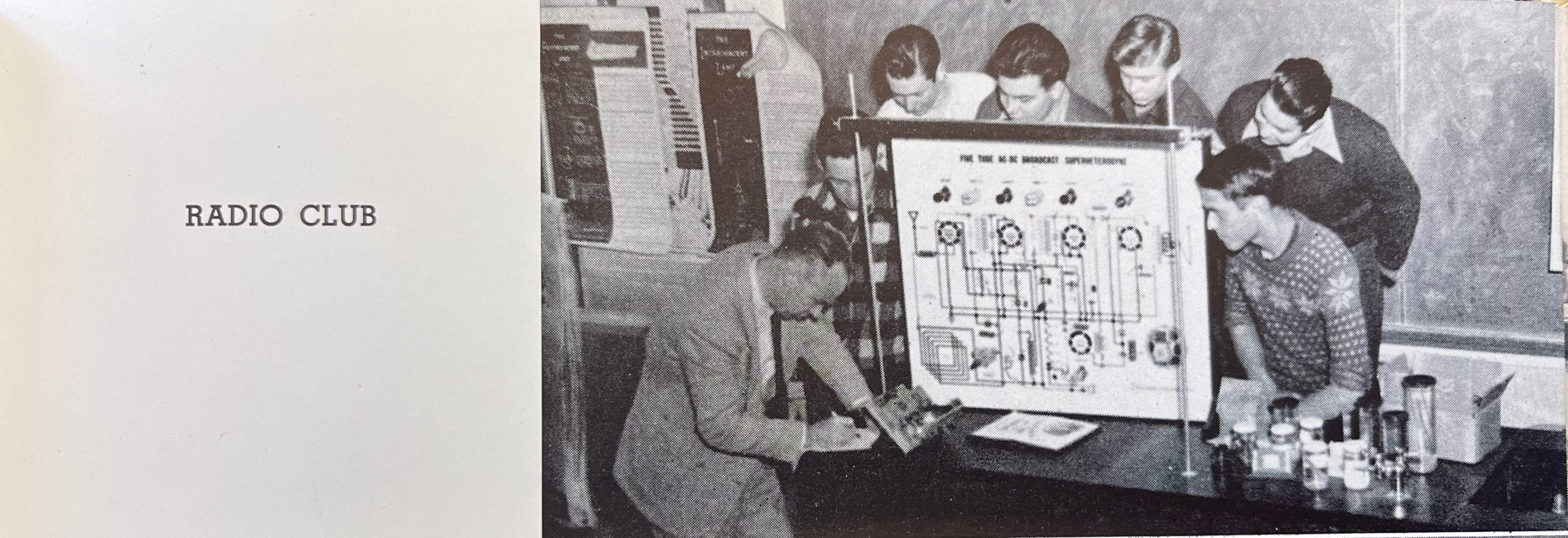
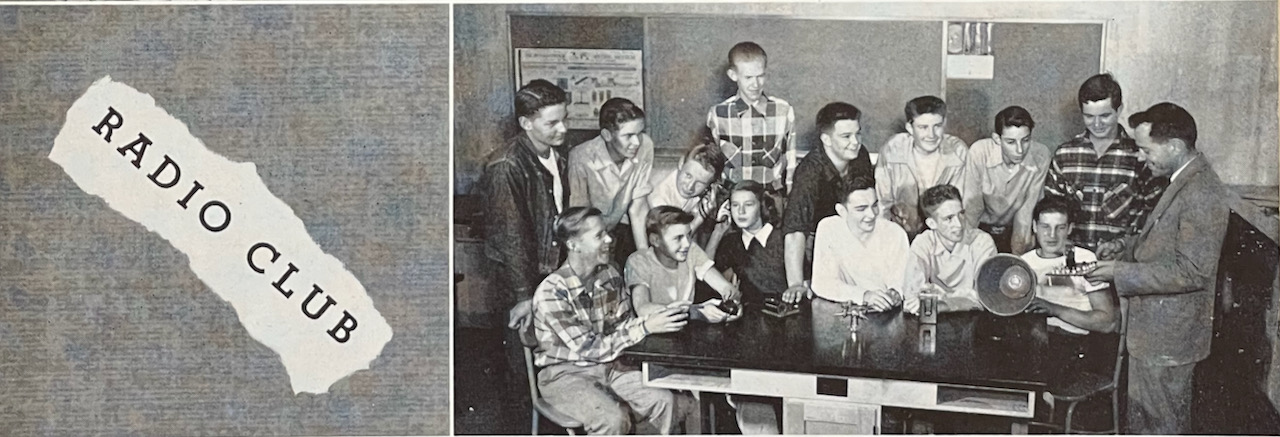
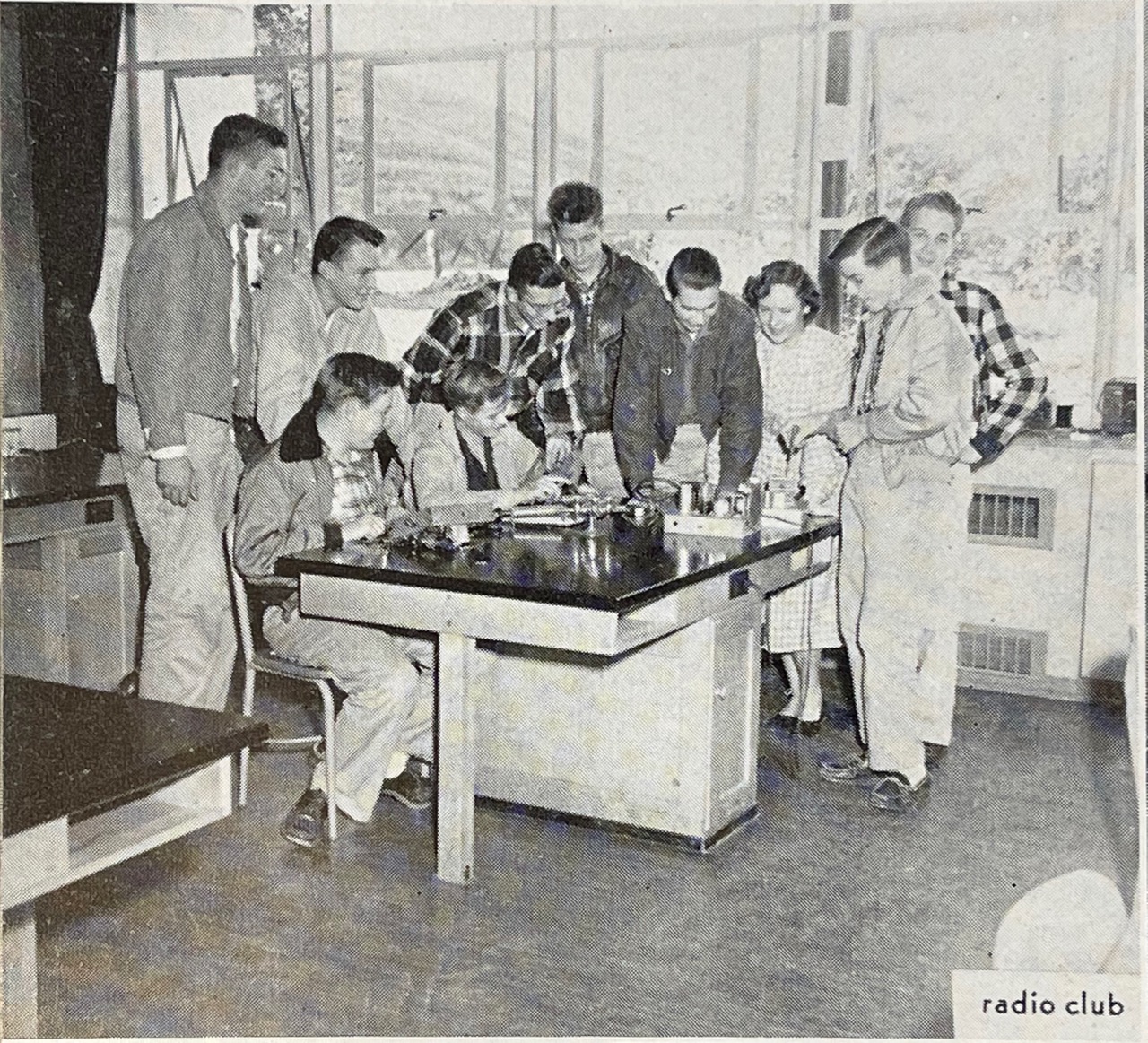
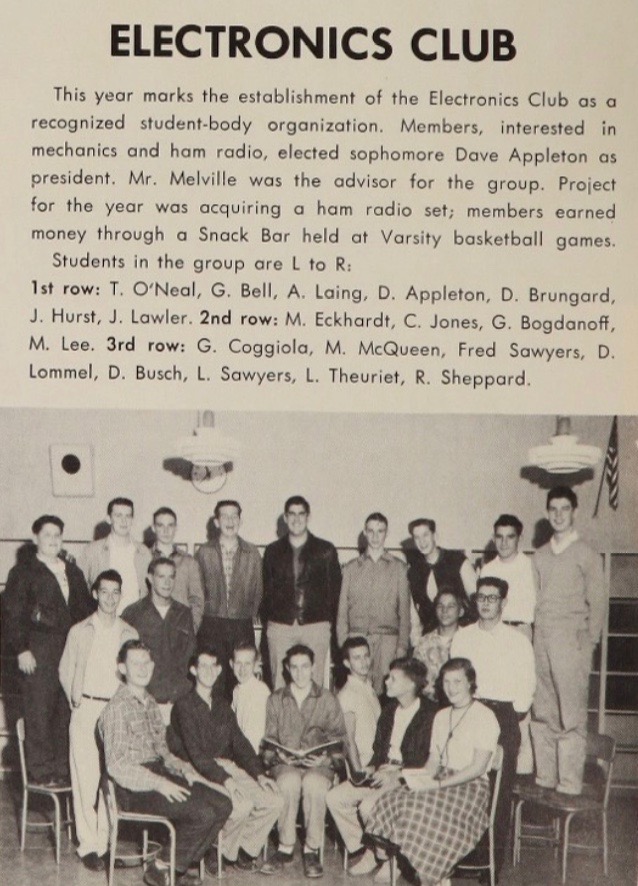
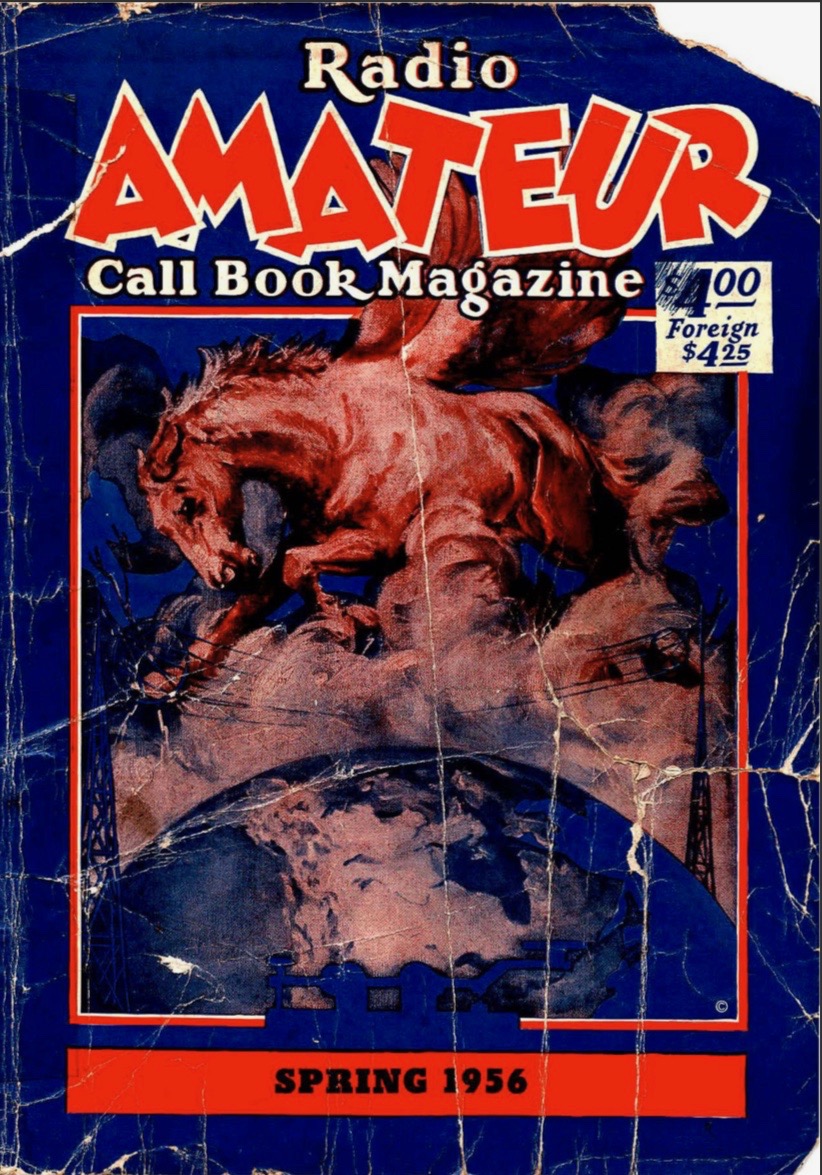



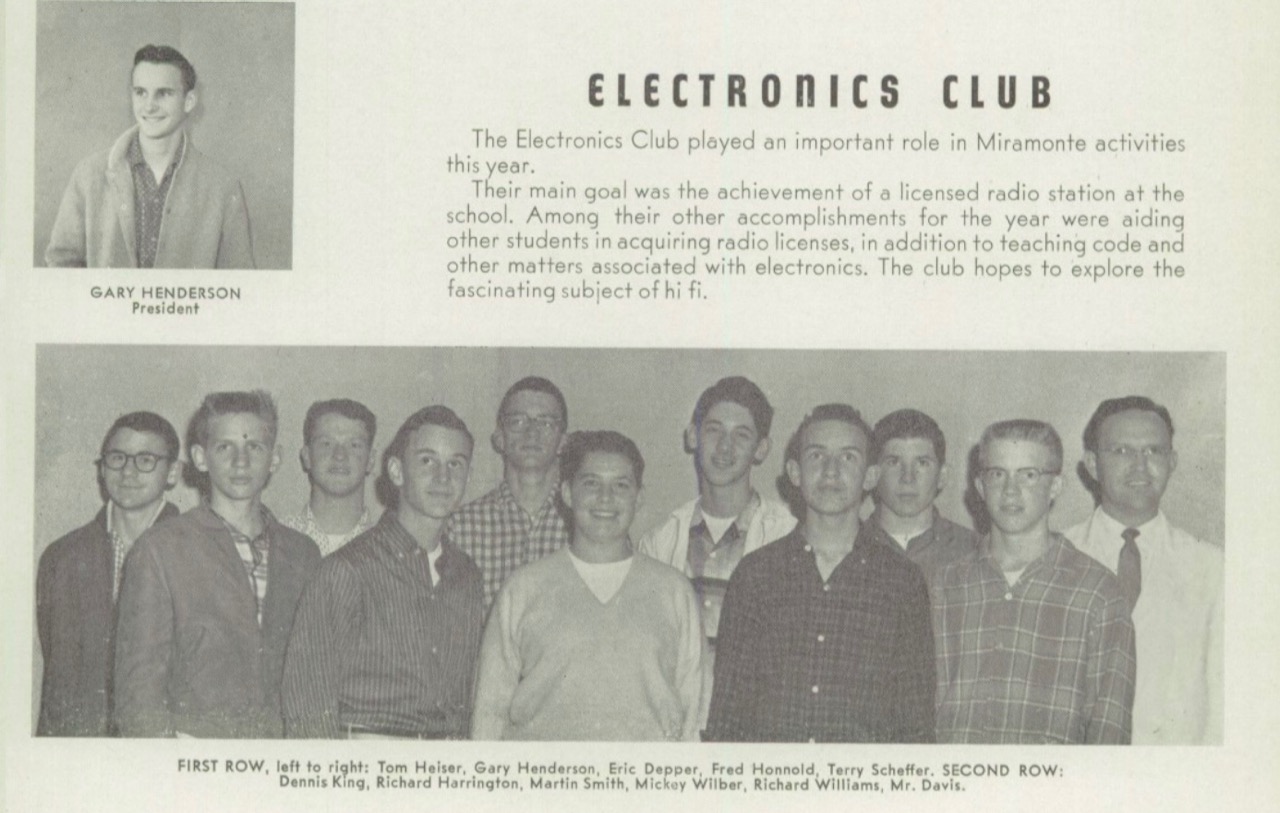
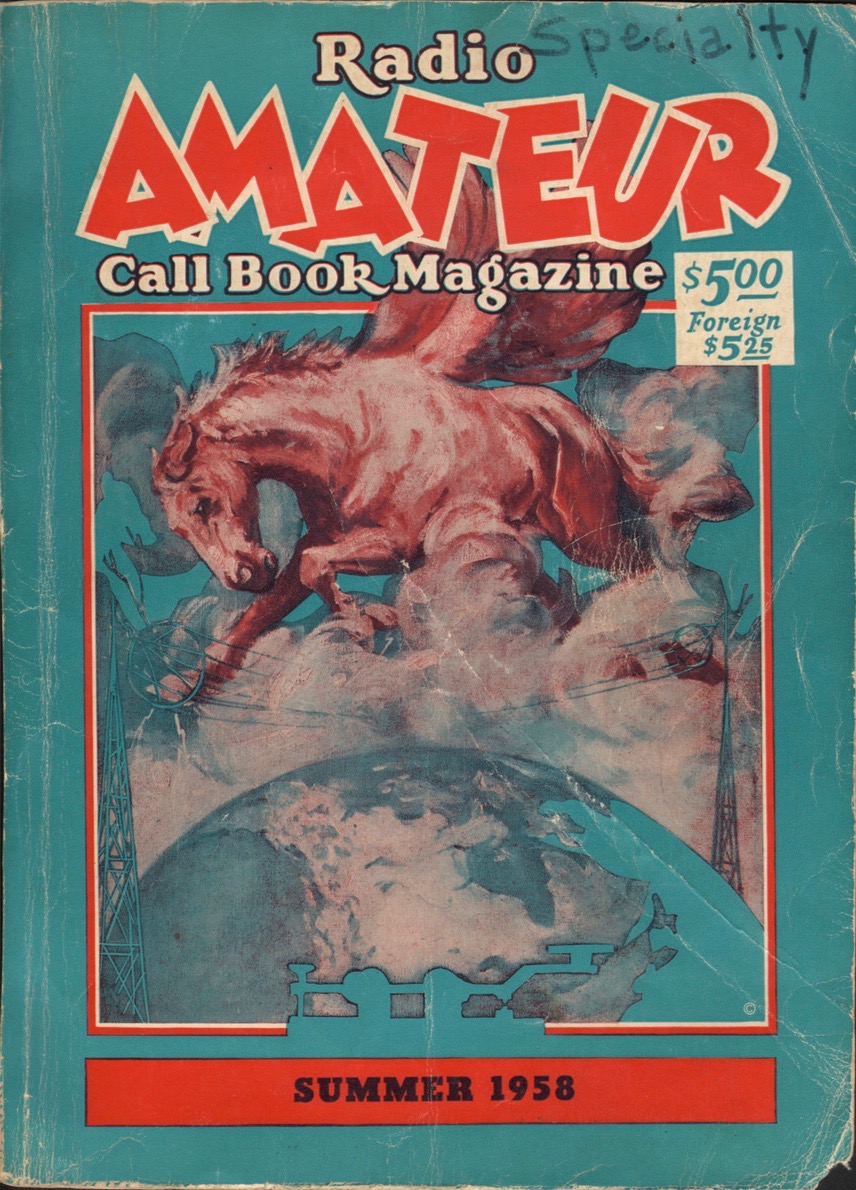

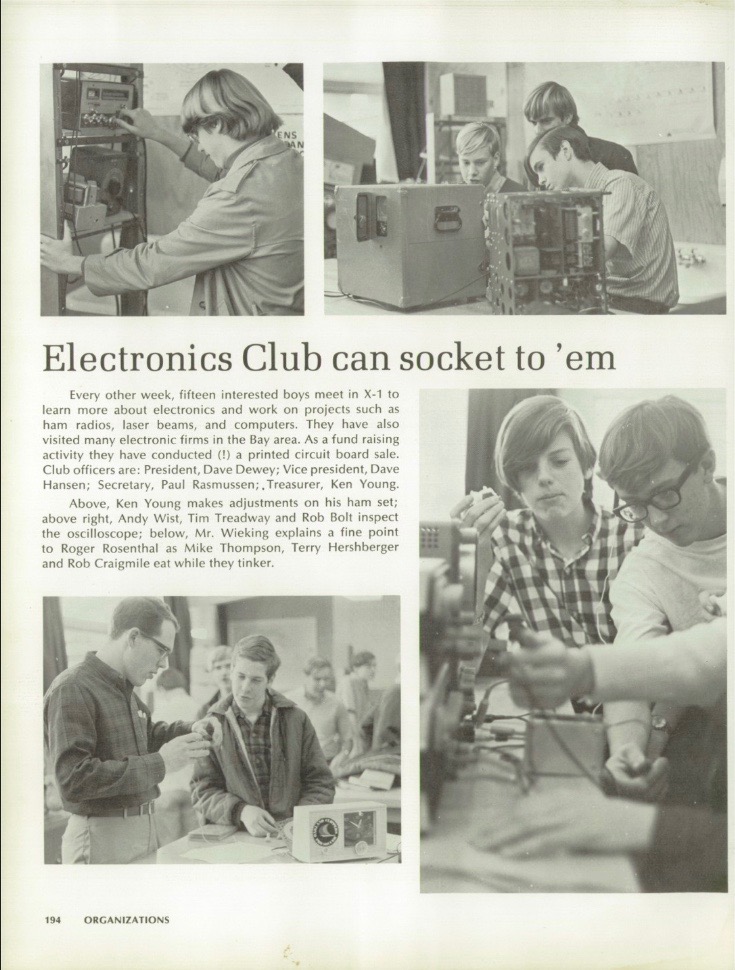


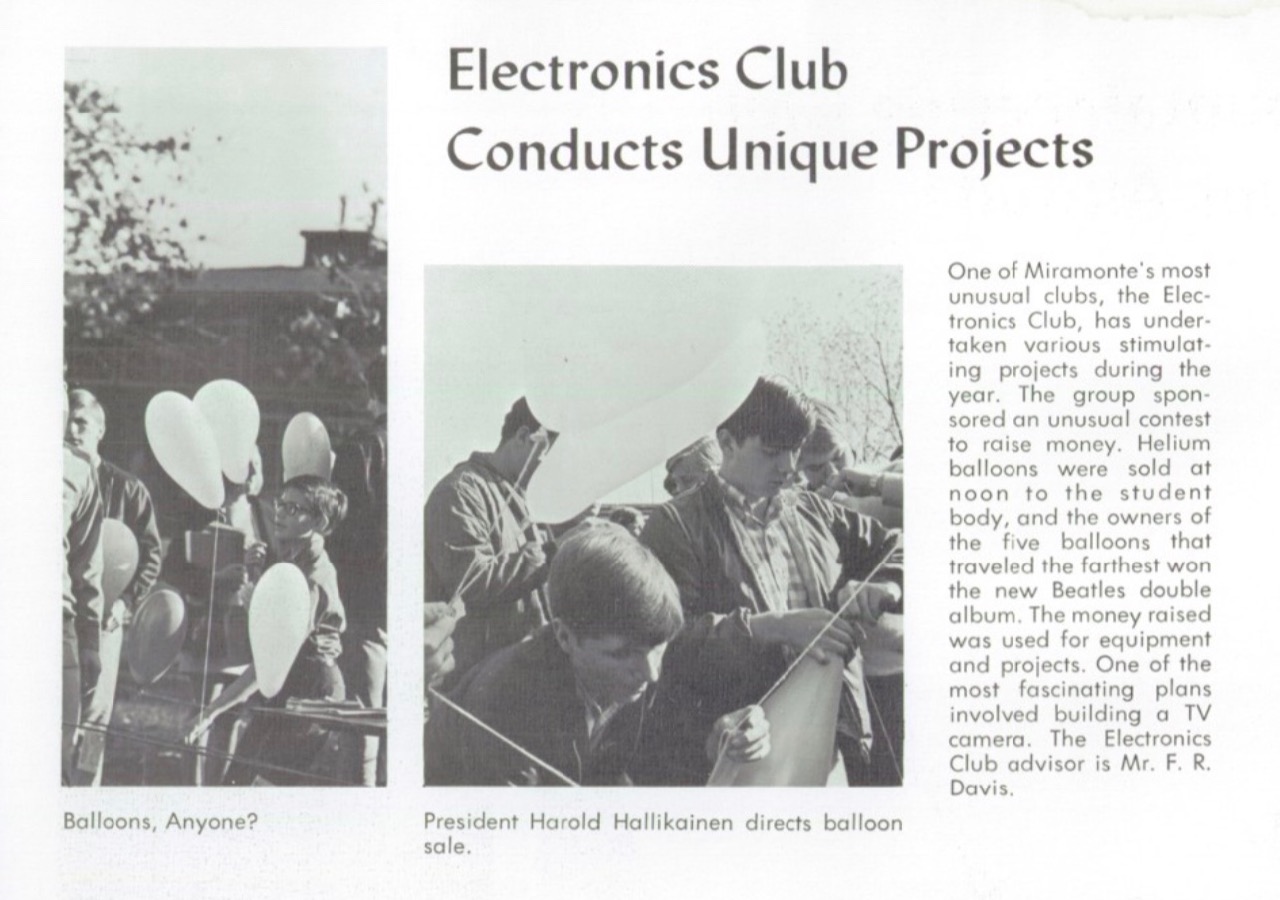
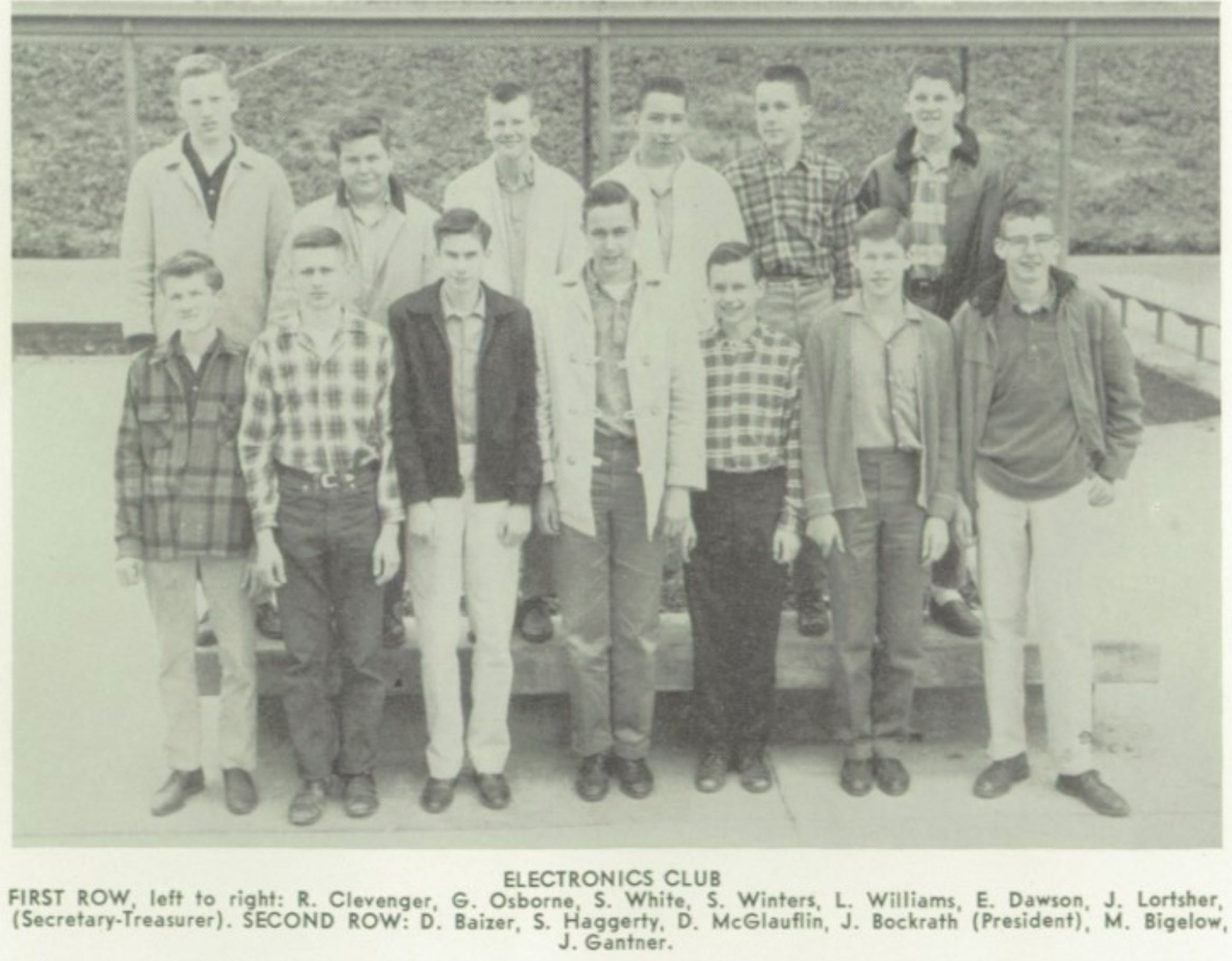
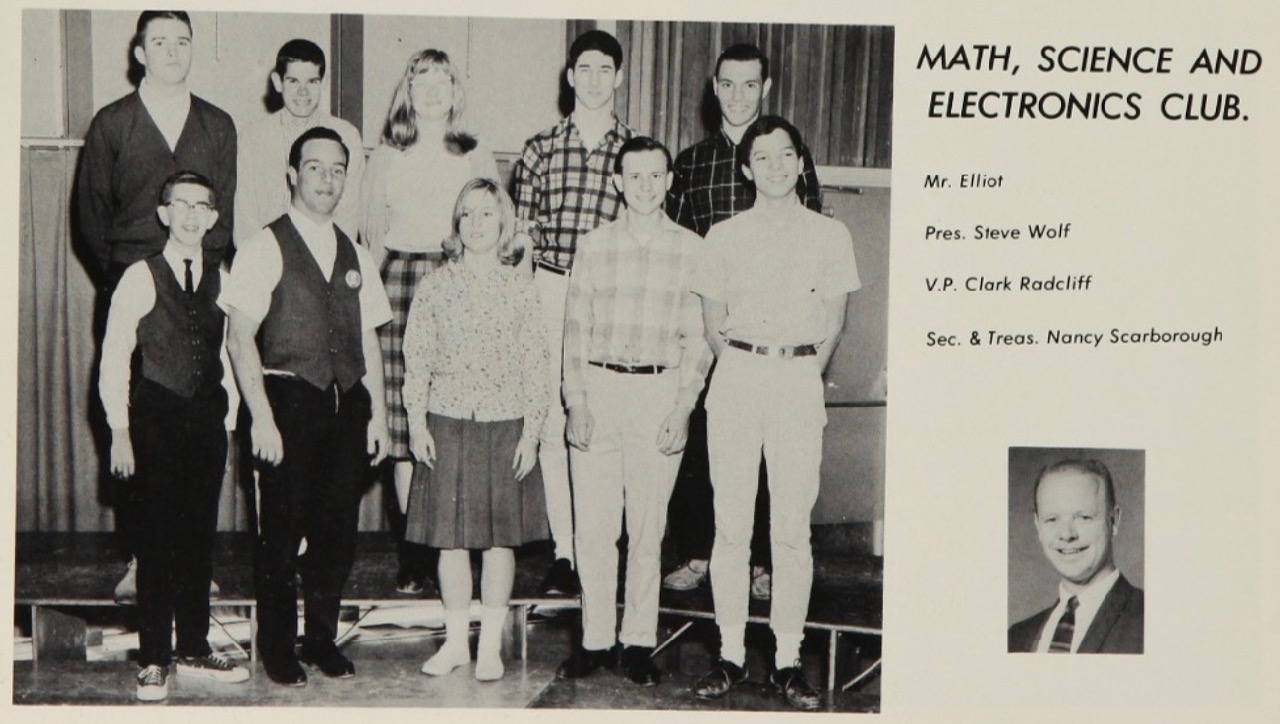
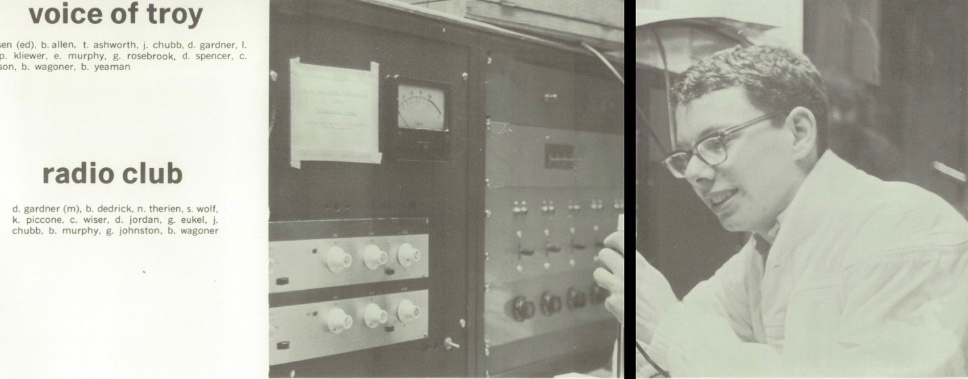
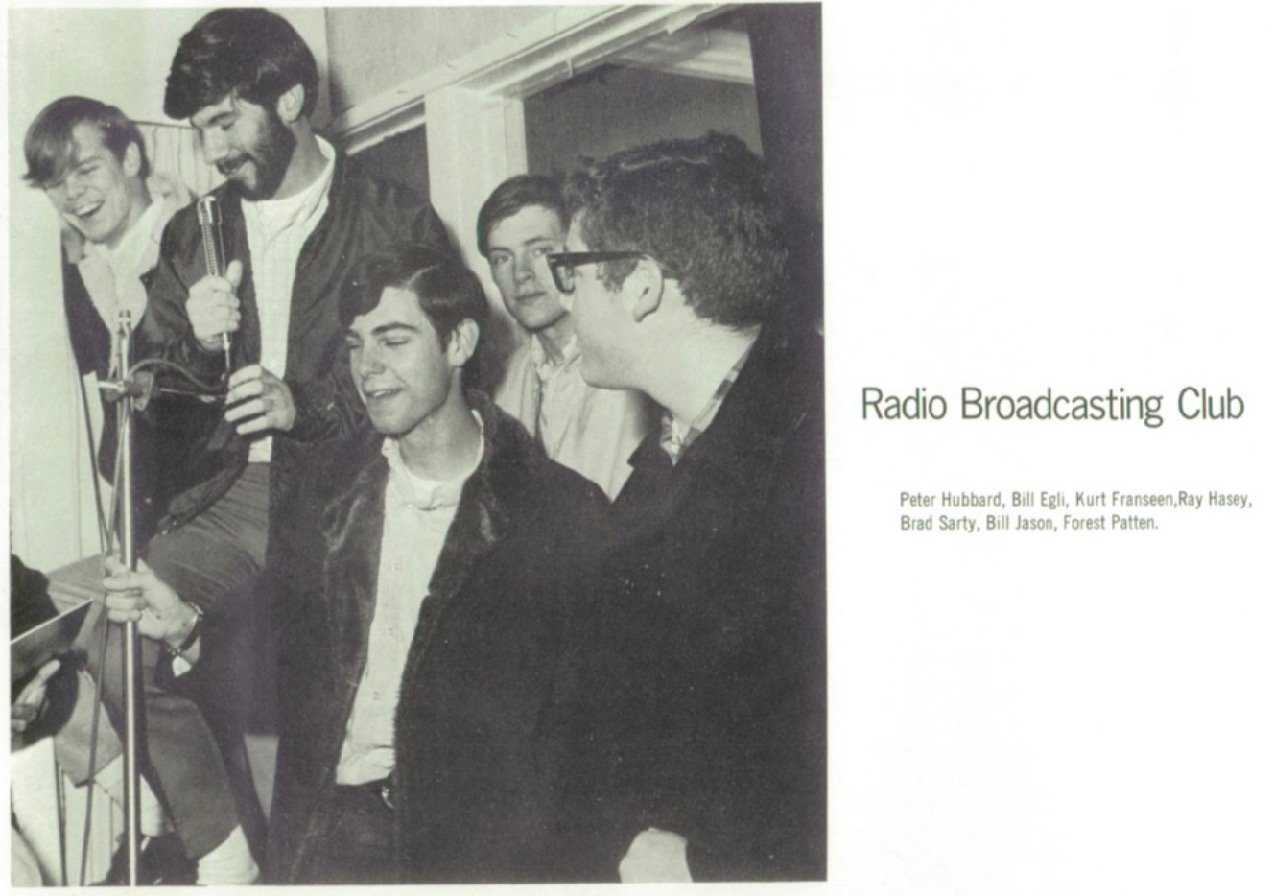
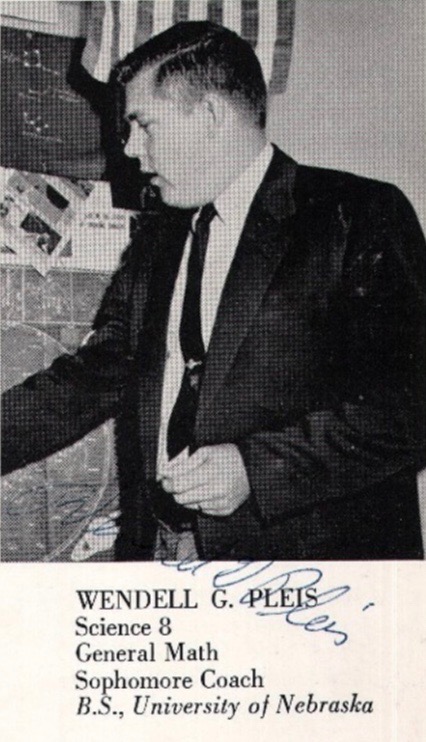
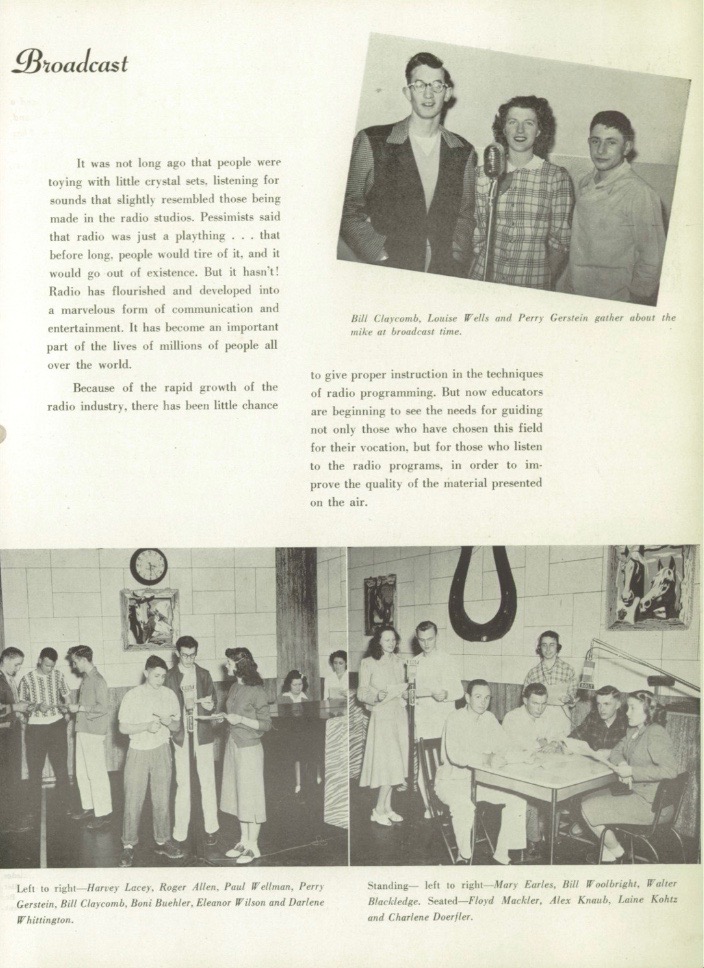
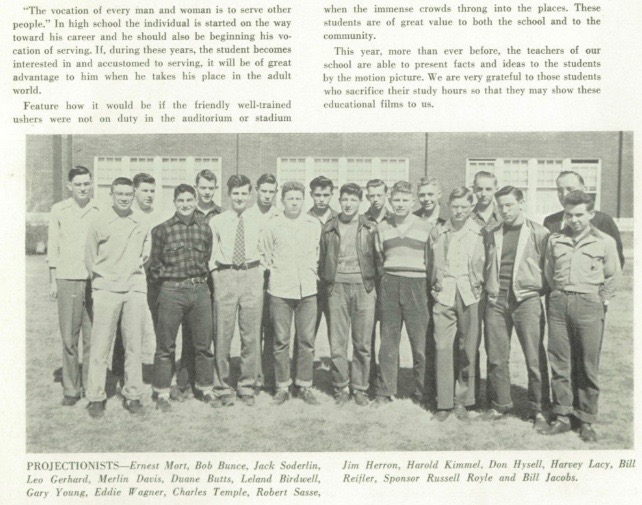
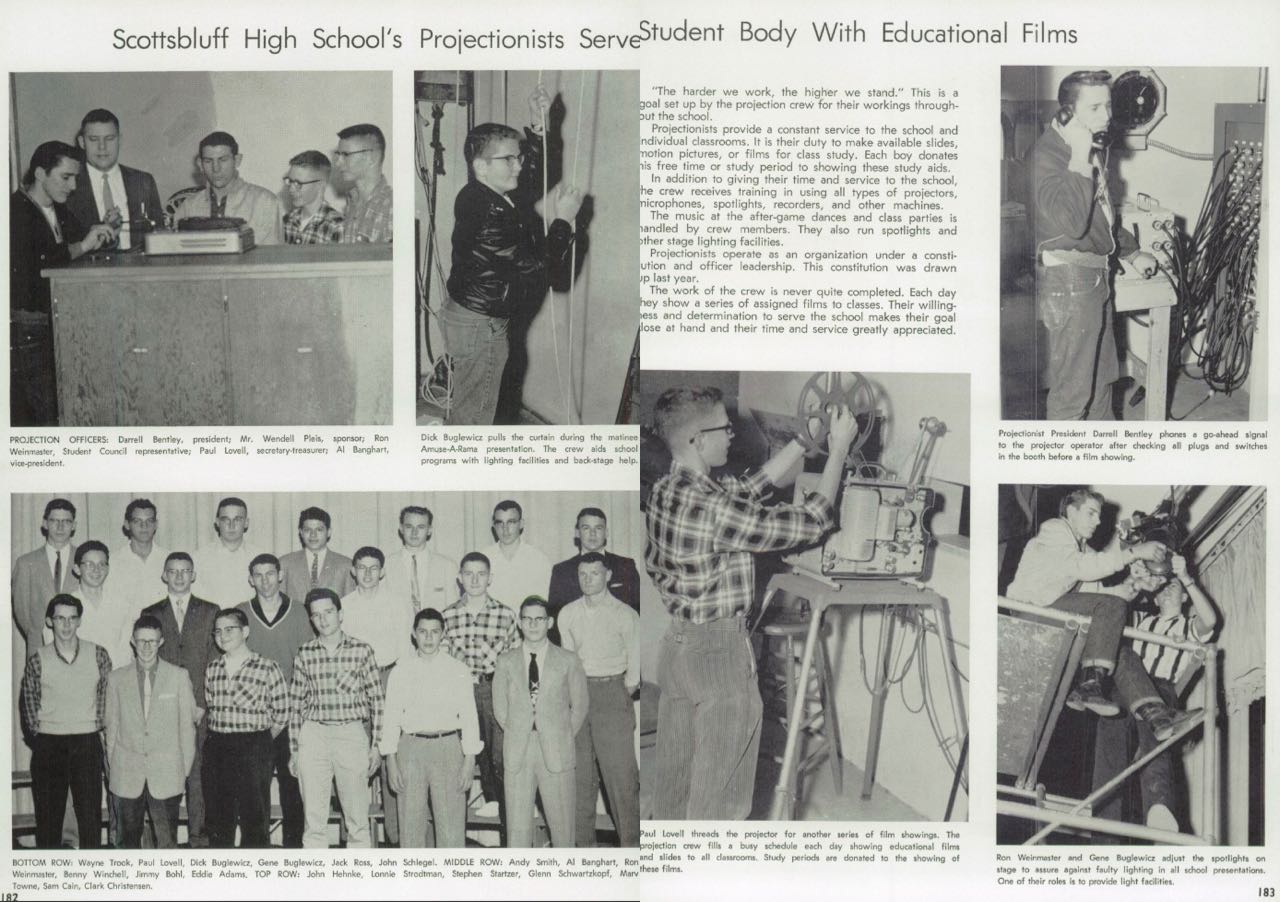
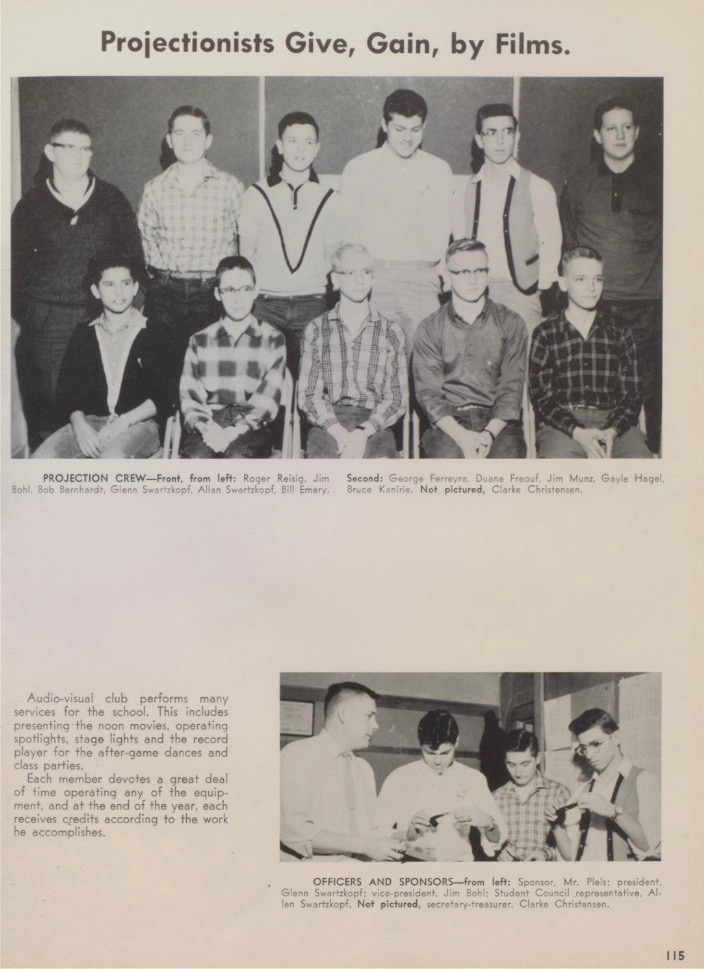


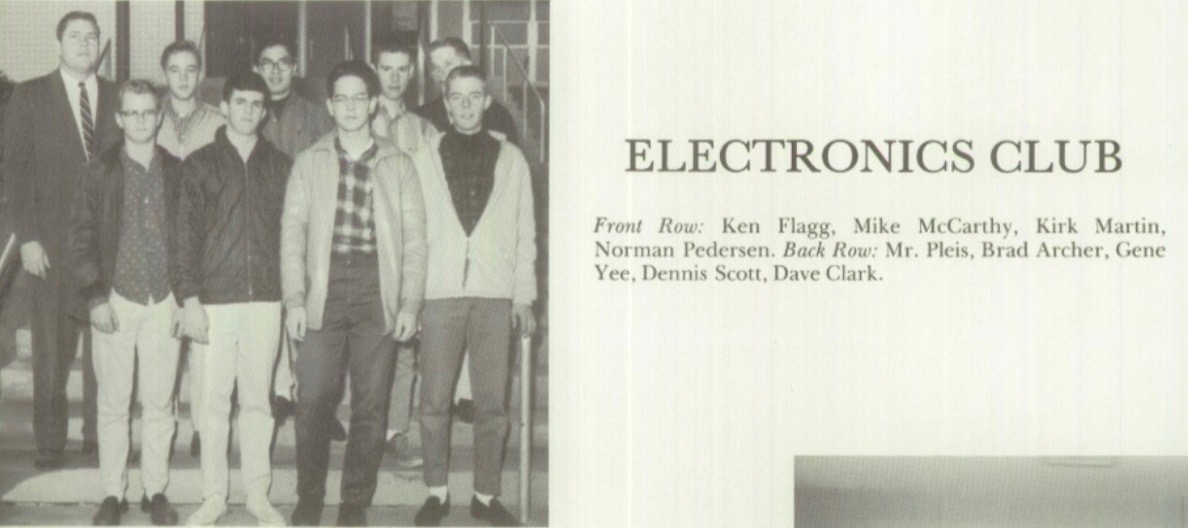


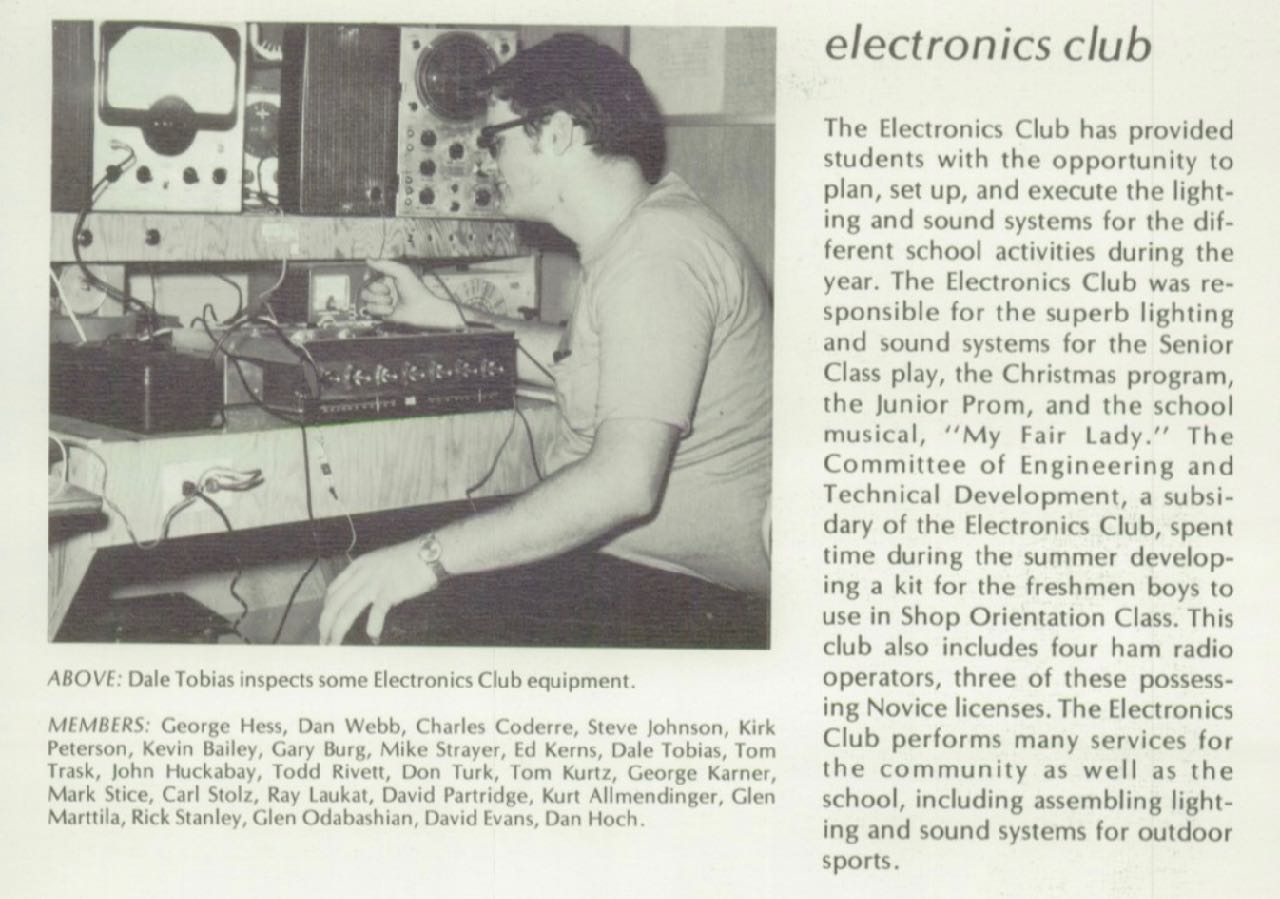


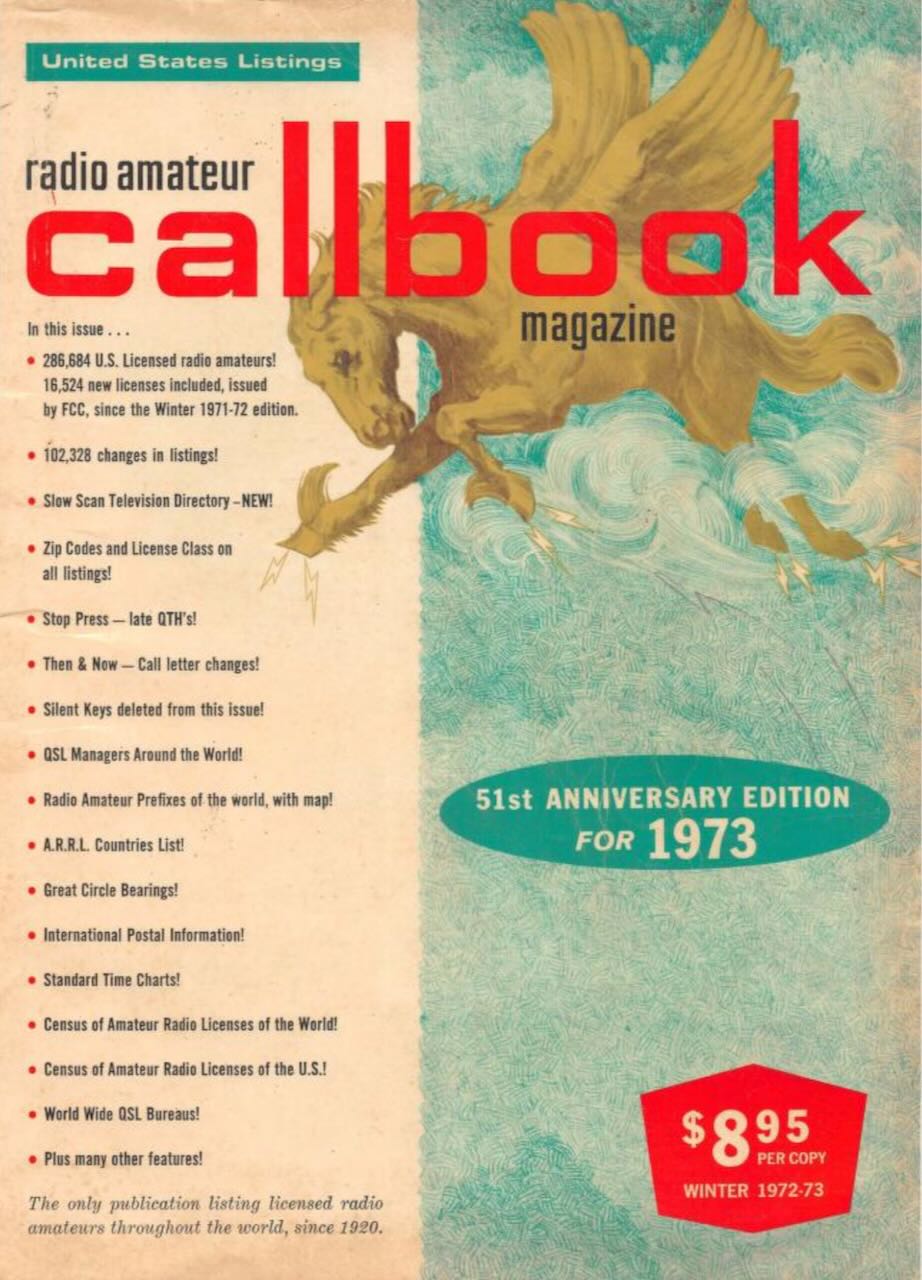


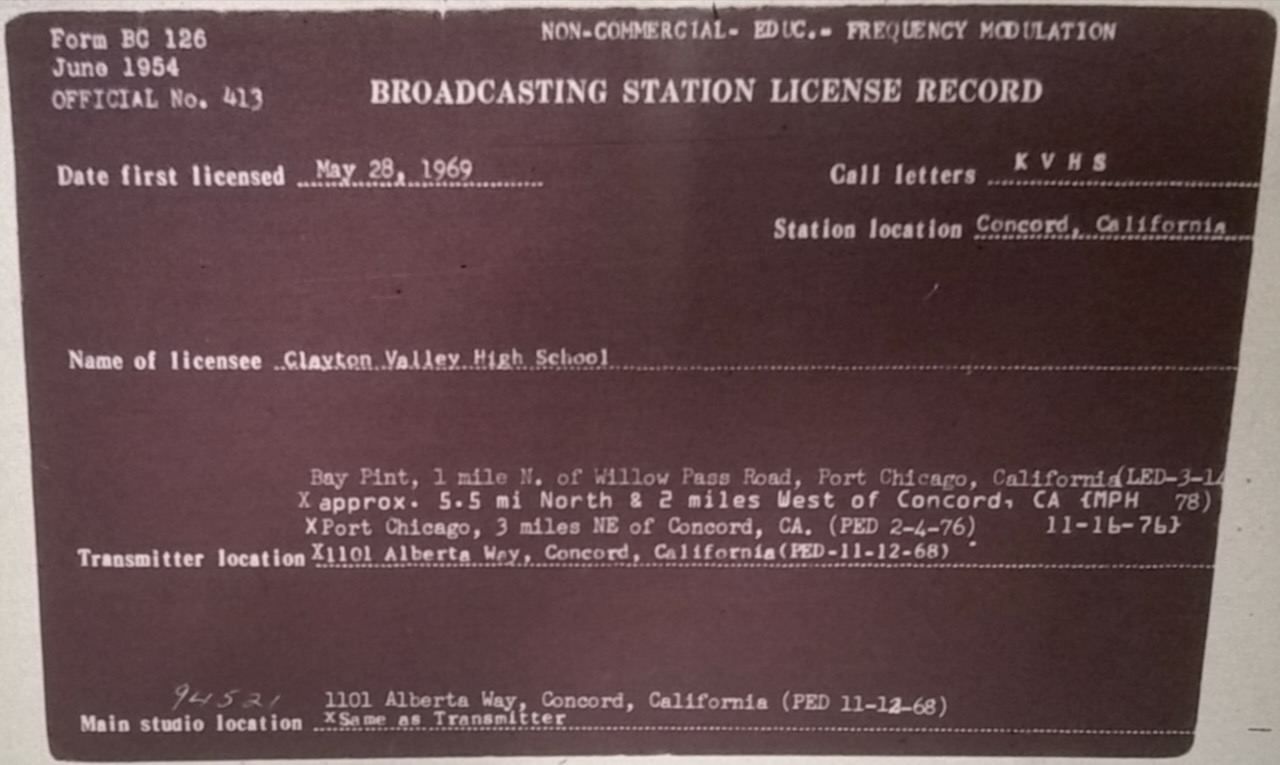
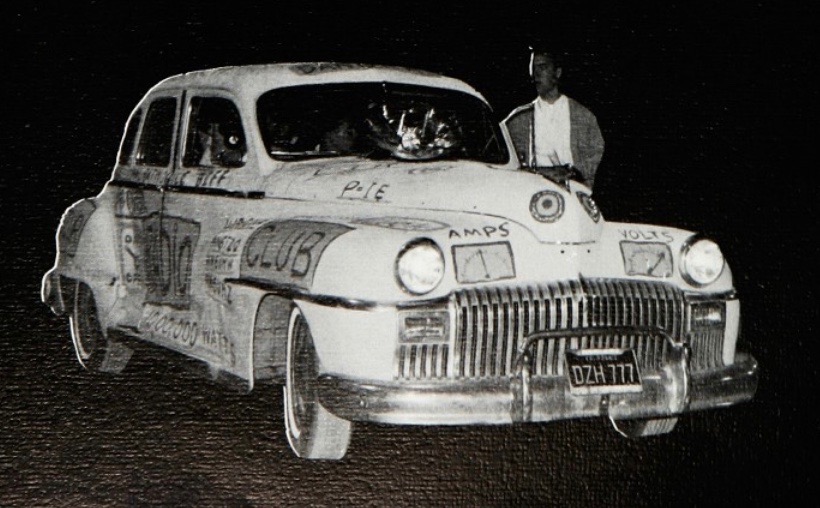





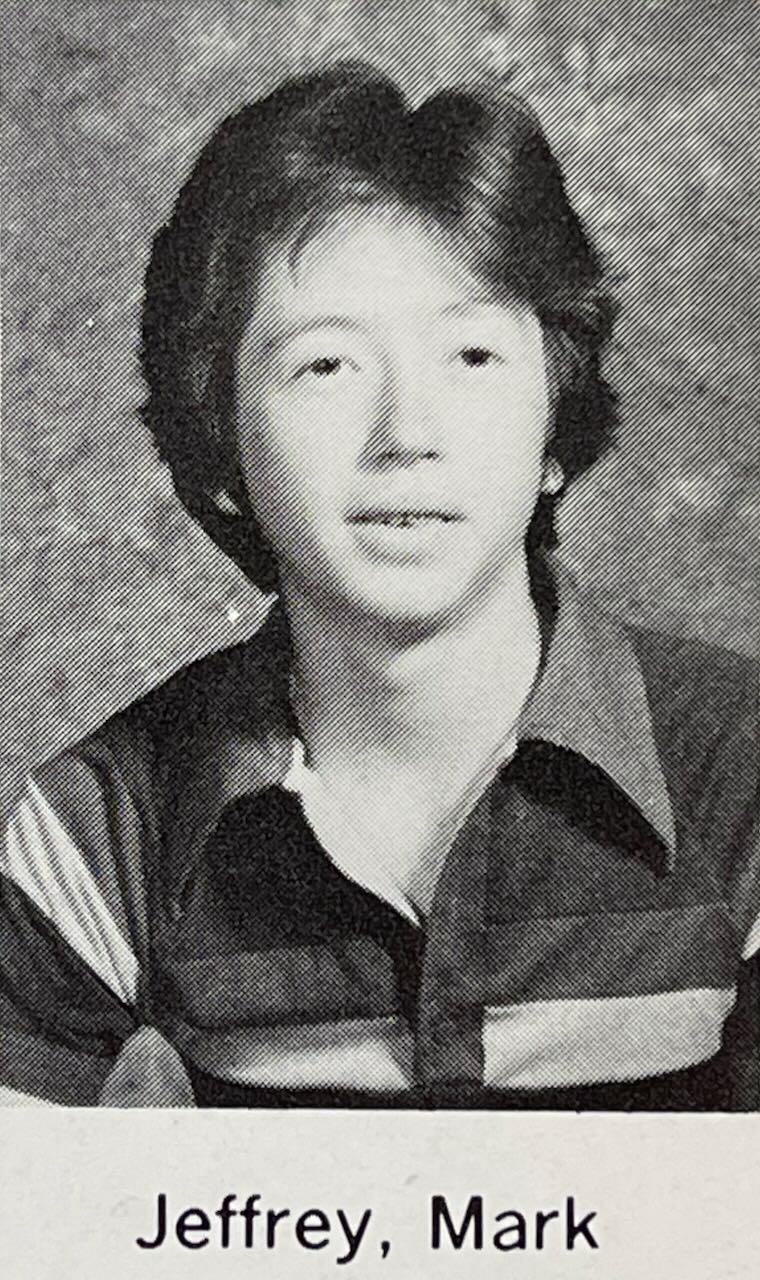

Leave a Reply